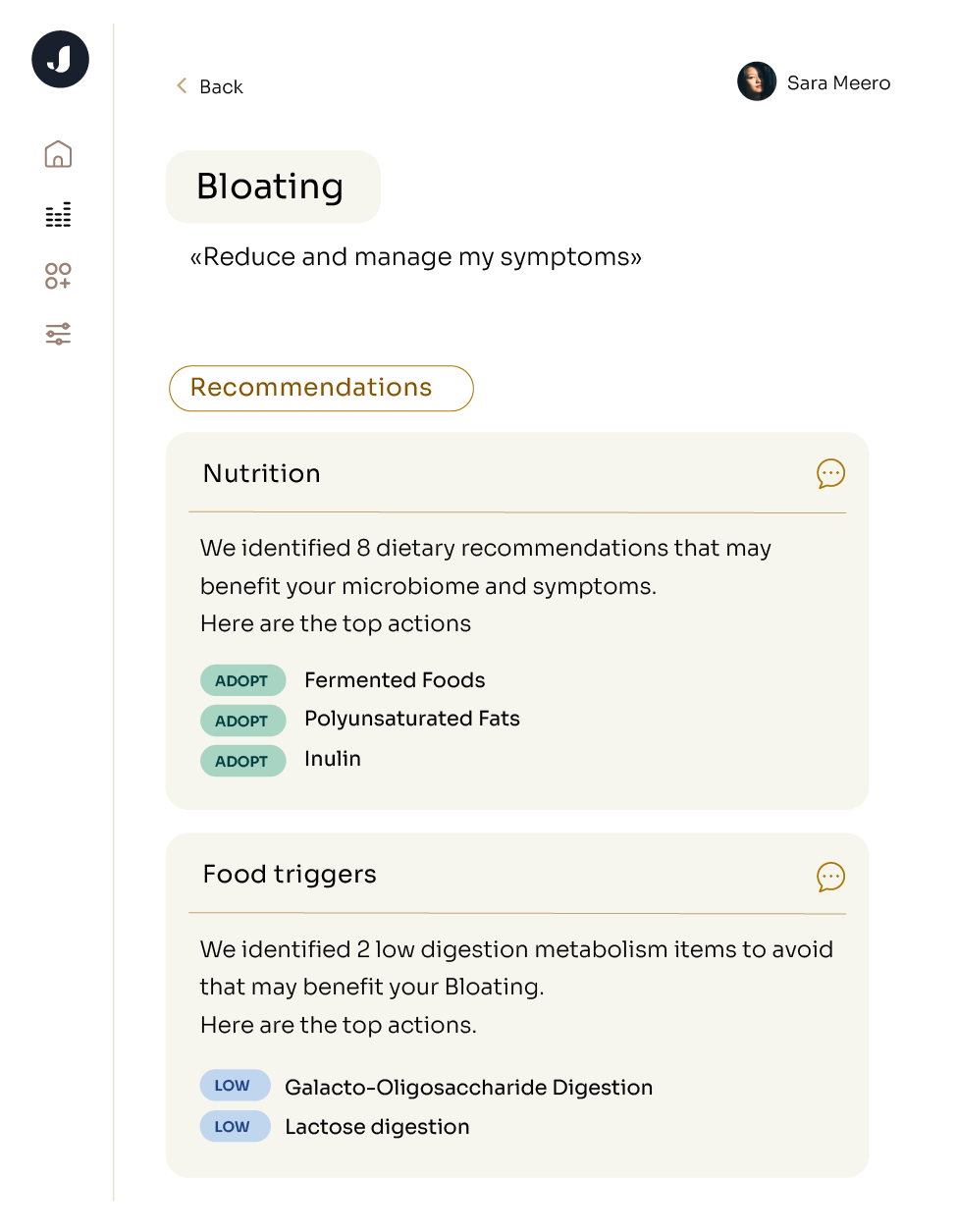Arvanitakis Z, Wilson RS, Bienias JL, Evans DA, Bennett DA. Diabetes mellitus and risk of Alzheimer disease and decline in cognitive function. Arch Neurol. 2004 May;61(5):661-6. doi: 10.1001/archneur.61.5.661.
de Rijk MC, Breteler MM, Graveland GA, Ott A, Grobbee DE, van der Meché FG, Hofman A. Prevalence of Parkinson's disease in the elderly: the Rotterdam Study. Neurology. 1995 Dec;45(12):2143-6. doi: 10.1212/wnl.45.12.2143.
Jiménez-Jiménez FJ, Molina JA, Gómez P, Vargas C, de Bustos F, Benito-León J, Tallón-Barranco A, Ortí-Pareja M, Gasalla T, Arenas J. Neurotransmitter amino acids in cerebrospinal fluid of patients with Alzheimer's disease. J Neural Transm (Vienna). 1998;105(2-3):269-77. doi: 10.1007/s007020050056.
Ji, M. X., & Yu, Q. (2015). Primary osteoporosis in postmenopausal women. Chronic diseases and translational medicine, 1(1), 9–13. https://doi.org/10.1016/j.cdtm.2015.02.006
Keshavarzian A, Green SJ, Engen PA, Voigt RM, Naqib A, Forsyth CB, Mutlu E, Shannon KM. Colonic bacterial composition in Parkinson's disease. Mov Disord. 2015 Sep;30(10):1351-60. doi: 10.1002/mds.26307. Epub 2015 Jul 16.
Kim, S., Kwon, S. H., Kam, T. I., Panicker, N., Karuppagounder, S. S., Lee, S., Lee, J. H., Kim, W. R., Kook, M., Foss, C. A., Shen, C., Lee, H., Kulkarni, S., Pasricha, P. J., Lee, G., Pomper, M. G., Dawson, V. L., Dawson, T. M., & Ko, H. S. (2019). Transneuronal Propagation of Pathologic α-Synuclein from the Gut to the Brain Models Parkinson's Disease. Neuron, 103(4), 627–641.e7. https://doi.org/10.1016/j.neuron.2019.05.035
Kivipelto M, Ngandu T, Fratiglioni L, Viitanen M, Kåreholt I, Winblad B, Helkala EL, Tuomilehto J, Soininen H, Nissinen A. Obesity and vascular risk factors at midlife and the risk of dementia and Alzheimer disease. Arch Neurol. 2005 Oct;62(10):1556-60. doi: 10.1001/archneur.62.10.1556..
Ling CW, Miao Z, Xiao ML, Zhou H, Jiang Z, Fu Y, Xiong F, Zuo LS, Liu YP, Wu YY, Jing LP, Dong HL, Chen GD, Ding D, Wang C, Zeng FF, Zhu HL, He Y, Zheng JS, Chen YM. The Association of Gut Microbiota With Osteoporosis Is Mediated by Amino Acid Metabolism: Multiomics in a Large Cohort. J Clin Endocrinol Metab. 2021 Sep 27;106(10):e3852-e3864. doi: 10.1210/clinem/dgab492.
López-Otín, C., Blasco, M. A., Partridge, L., Serrano, M., & Kroemer, G. (2023). Hallmarks of aging: An expanding universe. Cell, 186(1), 15. https://doi.org/10.1016/j.cell.2022.11.001
Musso, G., Gambino, R., & Cassader, M. (2010). Obesity, diabetes, and gut microbiota: the hygiene hypothesis expanded?. Diabetes care, 33(10), 2277–2284. https://doi.org/10.2337/dc10-0556
National Institute of Arthritis and Musculoskeletal and Skin Diseases. (n.d.). Osteoporosis. U.S. Department of Health and Human Services. https://www.niams.nih.gov/health-topics/osteoporosis
National Institute of Neurological Disorders and Stroke. (2025, March 5). Parkinson's disease. National Institutes of Health. Retrieved from http://ninds.nih.gov/health-information/disorders/parkinsons-disease
National Institute on Aging. (n.d.). Beyond the brain: The gut microbiome and Alzheimer’s disease. U.S. Department of Health & Human Services. https://www.nia.nih.gov/news/beyond-brain-gut-microbiome-and-alzheimers-disease
Shlisky, J., Bloom, D. E., Beaudreault, A. R., Tucker, K. L., Keller, H. H., Freund-Levi, Y., Fielding, R. A., Cheng, F. W., Jensen, G. L., Wu, D., & Meydani, S. N. (2017). Nutritional Considerations for Healthy Aging and Reduction in Age-Related Chronic Disease. Advances in nutrition (Bethesda, Md.), 8(1), 17–26. https://doi.org/10.3945/an.116.013474
Unger MM, Spiegel J, Dillmann KU, Grundmann D, Philippeit H, Bürmann J, Faßbender K, Schwiertz A, Schäfer KH. Short chain fatty acids and gut microbiota differ between patients with Parkinson's disease and age-matched controls. Parkinsonism Relat Disord. 2016 Nov;32:66-72. doi: 10.1016/j.parkreldis.2016.08.019. Epub 2016 Aug 26.
Wei DC, Morrison EH. Histology, Astrocytes. [Updated 2023 May 1]. In: StatPearls [Internet]. Treasure Island (FL): StatPearls Publishing; 2025 Jan-. Available from: https://www.ncbi.nlm.nih.gov/books/NBK545142/
Zhuang, Z., Yang, R., Wang, W., Qi, L., & Huang, T. (2020). Associations between gut microbiota and Alzheimer's disease, major depressive disorder, and schizophrenia. Journal of neuroinflammation, 17(1), 288. https://doi.org/10.1186/s12974-020-01961-8





